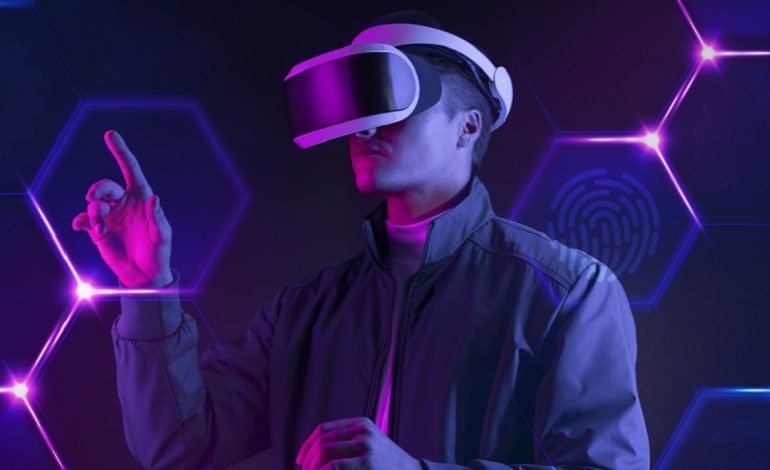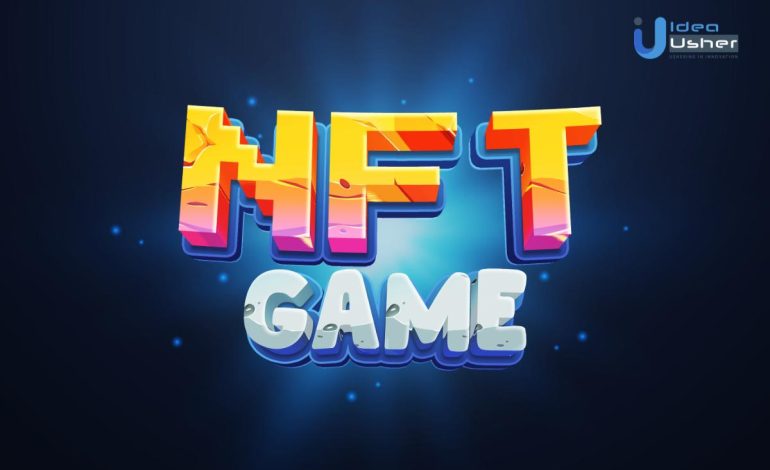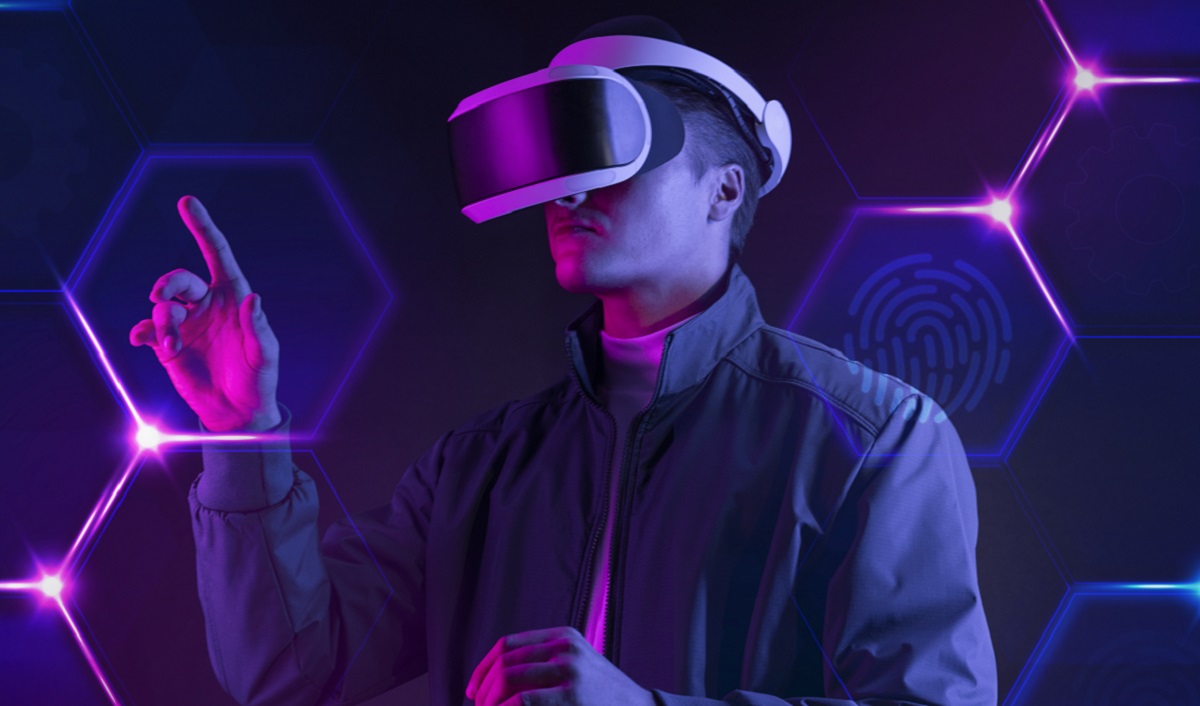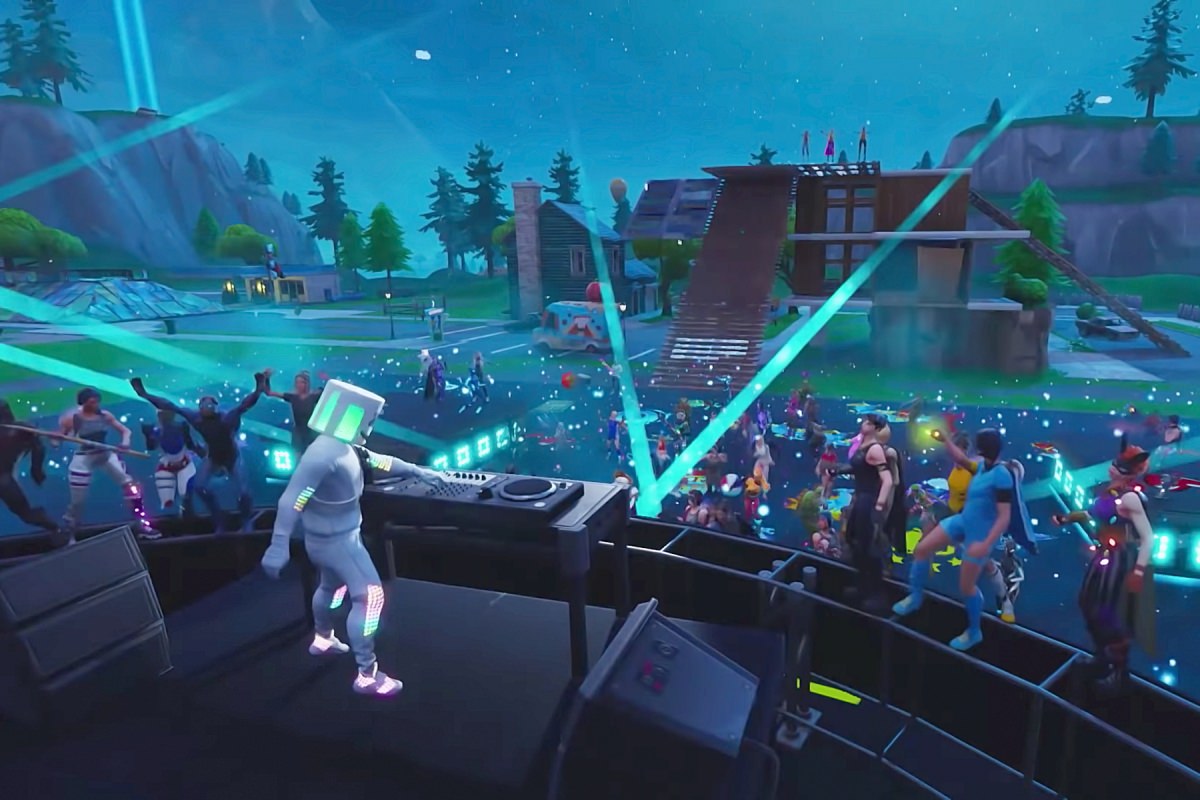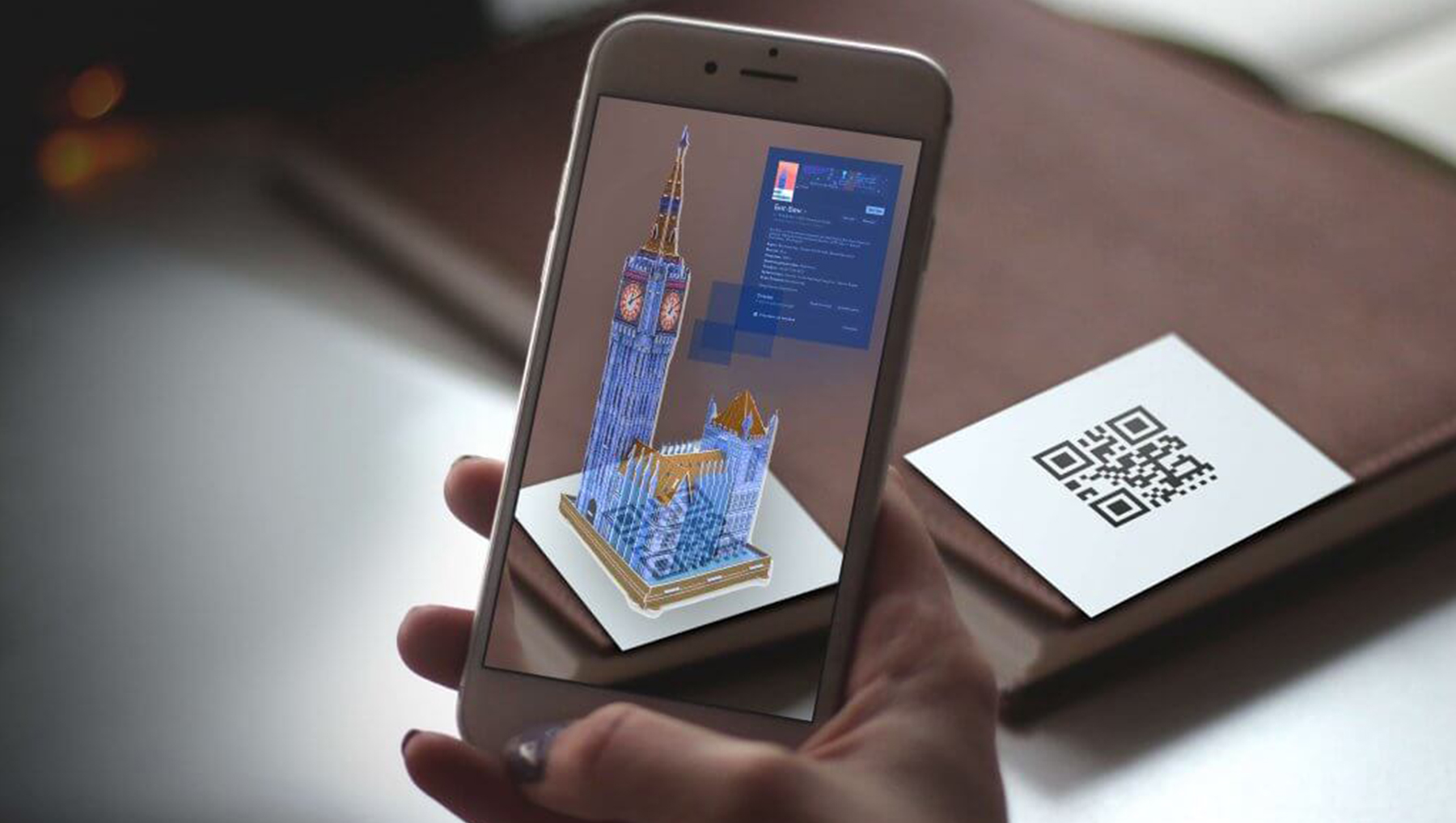Beginner’s Guide to NFT Marketplace Development
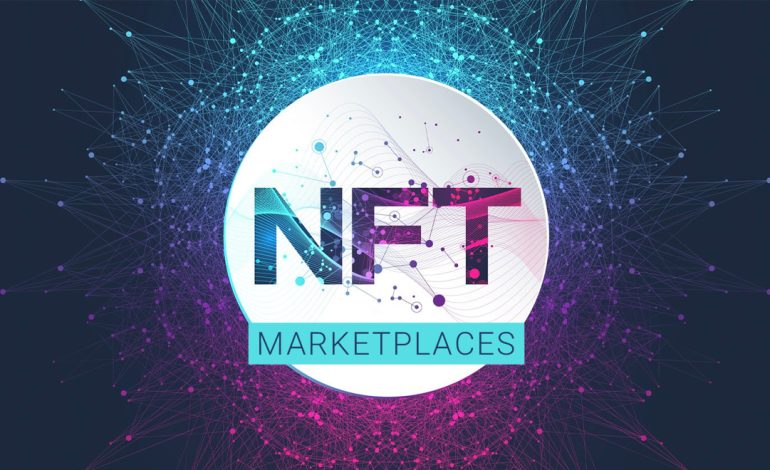
With the NFT marketplaces projected to generate over $3 billion dollars in revenue by the end of the decade, now’s the time to learn about their development so you can launch your own branded marketplace. If you’re interested in creating an ecosystem where users can buy and sell unique, in-game NFTs, keep reading! This guide will walk you through everything from establishing your team and choosing your business model to hire developers, designing your marketplace, and more. Let’s get started.
What are non-fungible tokens?
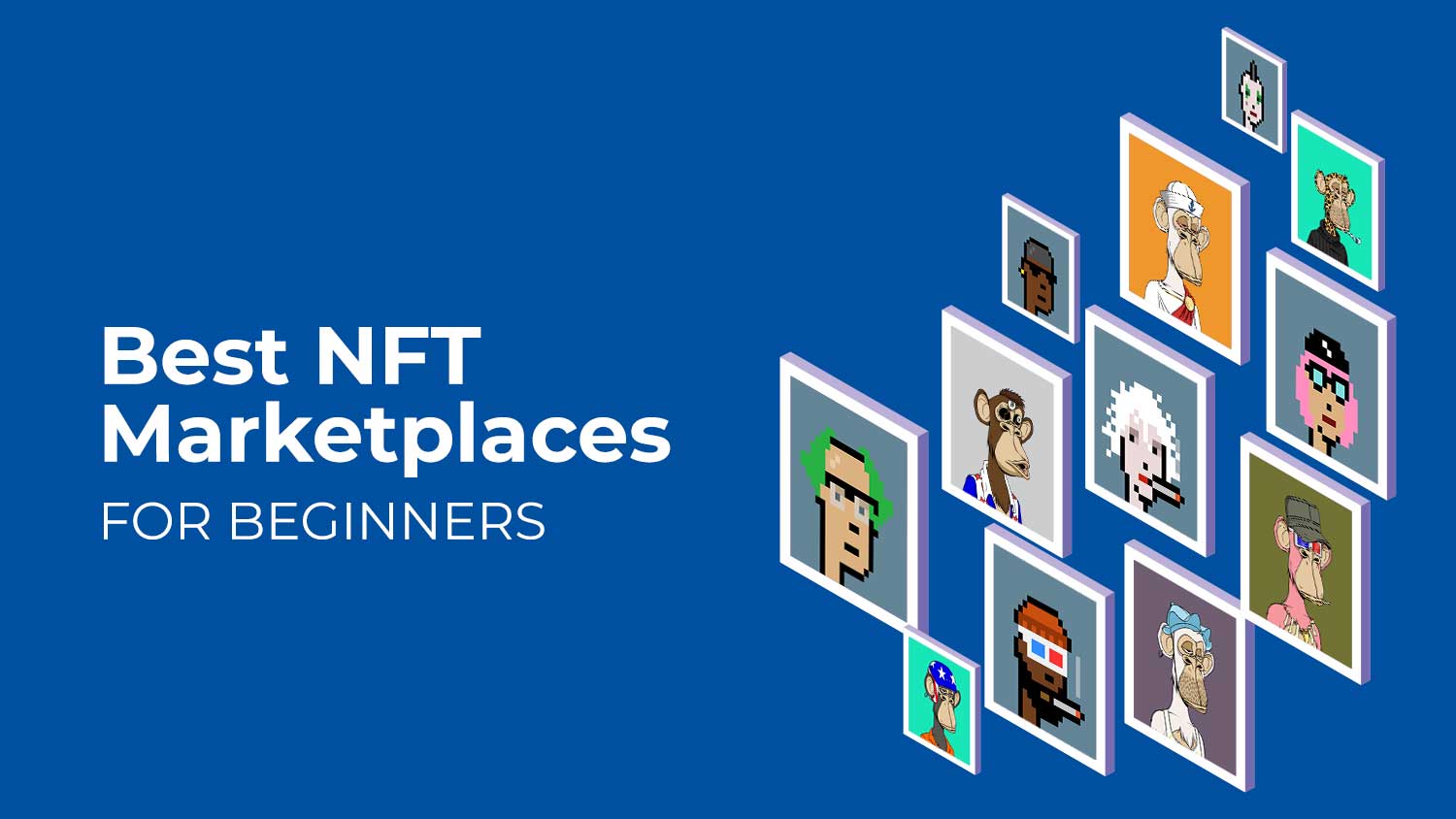
Crypto sphere-fungible tokens (NFTs) are a hot topic in blockchain development. If you haven’t heard of them yet, don’t worry – non-fungible tokens are still new in the crypto sphere and weren’t even mentioned by name until 2017. But how do you define what a non-fungible token is? In short, it boils down to two main traits 1) each token is unique and 2) each token can hold its own data.
Both of these characteristics set NFTs apart from other types of cryptocurrencies such as bitcoin or ether, which are considered fungible tokens because they all share similar properties. Fungibility means that one unit of currency can be substituted for another identical unit with no effect on value or usability, so $1 will always equal $1 no matter where it comes from or who holds it.
It also means that any single unit can be used interchangeably with any other unit without changing its value or function. This makes fungible currencies like dollars easy to use in day-to-day transactions but also makes them difficult to track because every unit has essentially identical value and function.
Basic properties of Non-Fungible Tokens
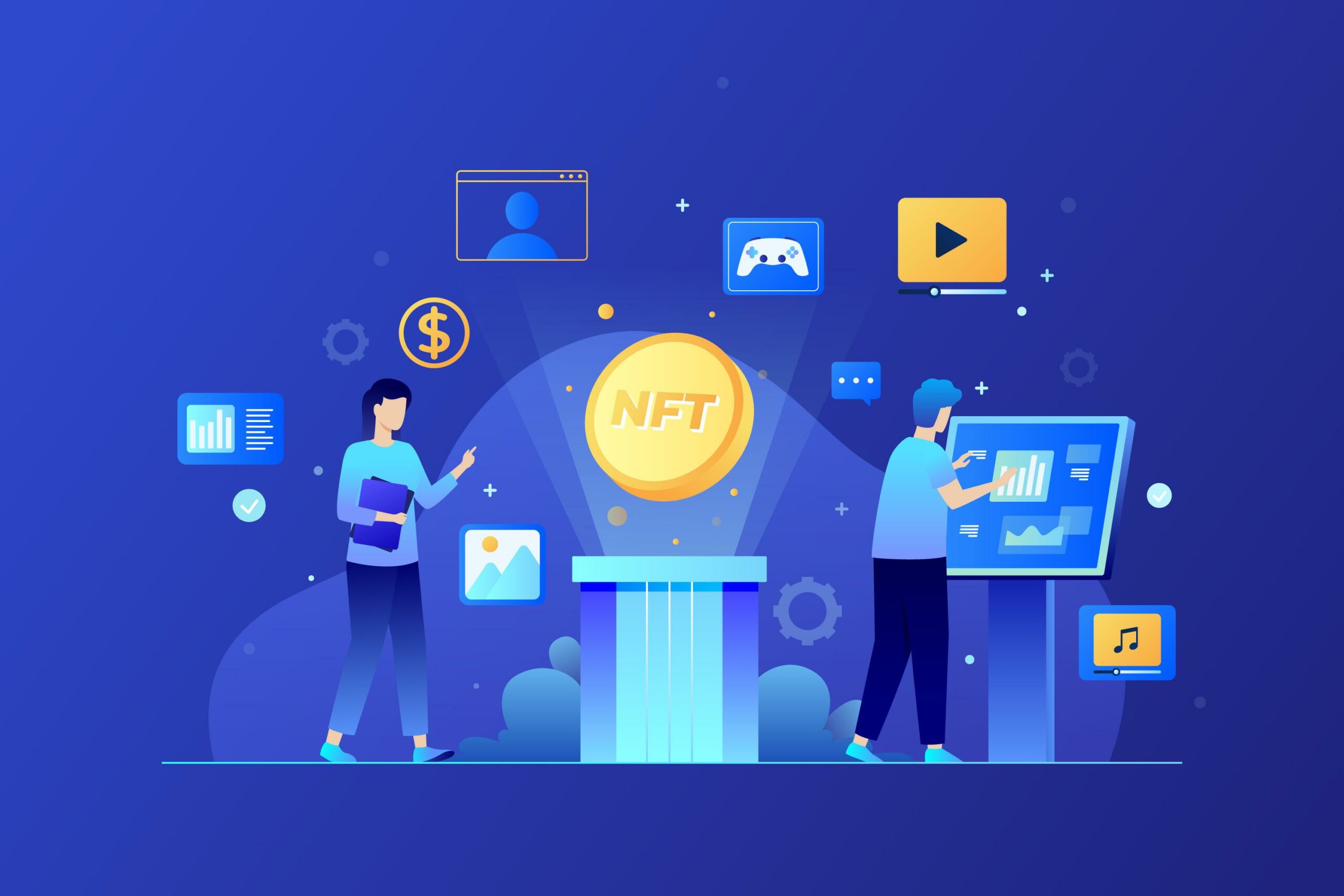
Non-fungible tokens or assets (NFTs) are objects in a virtual world that are uniquely identifiable. They are created and transferred using smart contracts. In addition, they cannot be destroyed and every instance is unique. Using the ERC-721 standard as a basis, these tokens can have all kinds of characteristics like color, weight, power level, etc., when it comes to games.
The most important characteristic of non-fungible tokens is that each token has its own properties and identity. For example, you can use them to represent physical goods such as precious metals or real estate. You could also use them for digital collectibles such as cards, trophies, rare artwork, or even CryptoKitties.
What’s more, you could even create your own unique assets for your game with non-fungible tokens! To learn more about how non-fungible tokens work in practice, let’s take a look at some examples from real life and other blockchain projects. We will go over five different categories: collectibles, video games, property ownership, fundraising tools, and stablecoins.
The first category we’ll cover is collectibles. Imagine you want to buy something like a CryptoKitty which represents an asset on Ethereum. With non-fungible tokens, there is no need for you to worry about paying multiple times if someone else buys it while you were trying to pay. With fungible tokens on Ethereum, anyone who owns any unit of ETH can send their ETH anywhere at any time without needing extra information because every ETH unit represents exactly one ETH value.
How Ethereum Blockchain Works
When we talk about developing a Non-Fungible Token (NFT) marketplace, one of our most daunting challenges is making it easy for users to acquire, transfer and resell their digital assets. For example, when you want to buy a house, you visit an estate agent who will work out what you can afford and also identify any issues with your proposed purchase. After that, they’ll find an appropriate property on your behalf.
When you’ve agreed on a price and other details with the seller, your agent will take care of all legal formalities so that you have everything in place once your deposit has been paid. The same goes for buying a car: You don’t need to worry about collecting VR forms or arranging insurance because someone else takes care of that side of things.
Ethereum blockchain works similarly: It provides services—like smart contracts—that make acquiring, transferring, and reselling your tokens easier than ever before. In fact, building an NFT marketplace on Ethereum is probably easier than setting up a traditional eCommerce site.
All you need to do is develop smart contracts that allow people to trade different kinds of items without having to worry about safety or security; thanks to Ethereum’s decentralized nature, all transactions are secure by default. If you’re interested in learning more about how the Ethereum blockchain works and how it makes development easier, check out our guide.
Why use decentralized applications (dApps)?
Metaverse technology has changed how businesses operate in a significant way. With so many people and companies adopting cryptocurrencies, now is as good a time as any to use dApps. The blockchain brings with it transparency, flexibility, and security that these applications can utilize; thus giving you an edge over your competitors.
Here’s why decentralized apps are beneficial: they are easier to build, they remove intermediaries, allow for more data privacy, provide real-time solutions, and are resistant to cyber-attacks. If you’re planning on using dApps in your company or business idea – here’s a guide on how to develop them.
How to create an ERC721 token? Developing tokens isn’t as hard as it seems. There are various tools available online which make things simpler than before. One of such tools is MetaMask which acts like a browser where all you need to do is visit sites and connect them with your wallet address to sign transactions on the Ethereum network.

